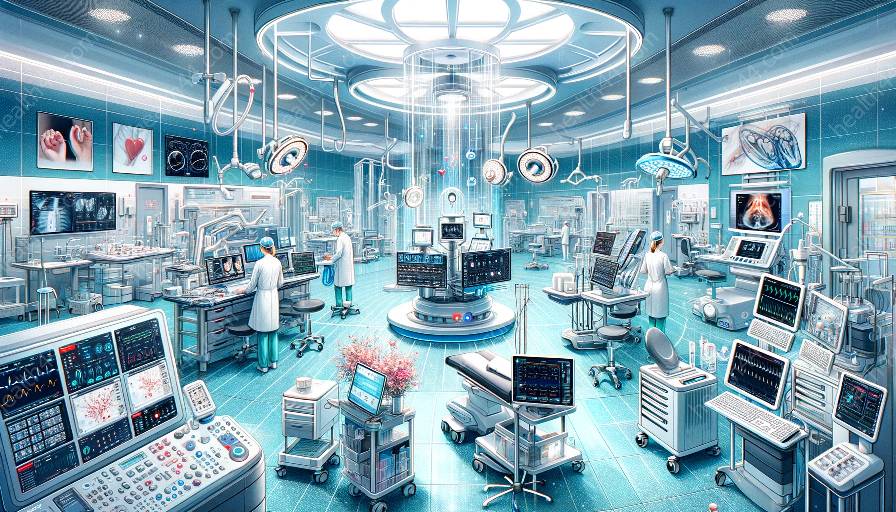Biomaterials play a crucial role in the development of advanced medical devices. From biocompatibility to durability, various challenges need to be addressed. Here, we'll explore the complexities and solutions in this innovative field.
The Complexity of Biomaterials Development
Biomaterials for medical devices need to meet stringent criteria for safety, durability, and performance. From design to manufacturing, the complexities are numerous and demanding.
Biocompatibility and Material Selection
One of the primary challenges in creating biomaterials for medical devices is achieving biocompatibility. The materials used must not elicit an immune response or cause adverse reactions within the human body. This requires extensive research and testing to ensure the safety and effectiveness of the materials.
Moreover, the selection of suitable biomaterials is critical. Factors such as mechanical properties, degradation rate, and long-term stability must be carefully considered to ensure the success of the medical devices.
Functionalization and Surface Modifications
Functionalizing biomaterial surfaces to enhance their performance and interaction with the body presents another significant challenge. It involves modifying the surface properties to promote cell adhesion, prevent bacterial colonization, and improve overall functionality.
- Surface modification techniques, such as coating technologies and surface patterning, are essential for optimizing biomaterials for medical applications.
Regulatory and Quality Compliance
Compliance with regulatory standards and quality requirements is a major hurdle in the development of biomaterials for medical devices. Stringent regulations demand rigorous testing, documentation, and adherence to specific standards.
Ensuring Safety and Efficacy
Ensuring the safety and efficacy of biomaterial-based medical devices throughout their lifecycle is a fundamental challenge. Comprehensive testing protocols, including biocompatibility assessments and mechanical testing, are necessary to validate the performance and reliability of the devices.
Moreover, clinical trials and post-market surveillance play a critical role in gathering real-world data to support the safety and efficacy of biomaterial-based medical devices.
Supply Chain and Material Sourcing
Securing a consistent and reliable supply chain for biomaterials is another challenge, especially when sourcing natural or biodegradable materials.
The availability, cost, and sustainability of biomaterials can significantly impact the development and commercialization of medical devices. Collaboration with suppliers and material scientists is essential for mitigating these challenges.
Emerging Technologies and Innovation
Embracing emerging technologies and fostering innovation in biomaterials development is essential for addressing the evolving needs of medical devices.
Advancements in materials science, nanotechnology, and additive manufacturing present opportunities to overcome existing challenges and create novel biomaterial solutions.
Integration of smart materials, such as shape memory polymers and self-healing materials, holds promise for enhancing the functionality and performance of medical devices.
Conclusion
To create biomaterials for medical devices, one must navigate through a multifaceted landscape of challenges. From biocompatibility to regulatory compliance and technological innovation, addressing these challenges is crucial in advancing the field and ensuring the development of safe and effective medical devices.


